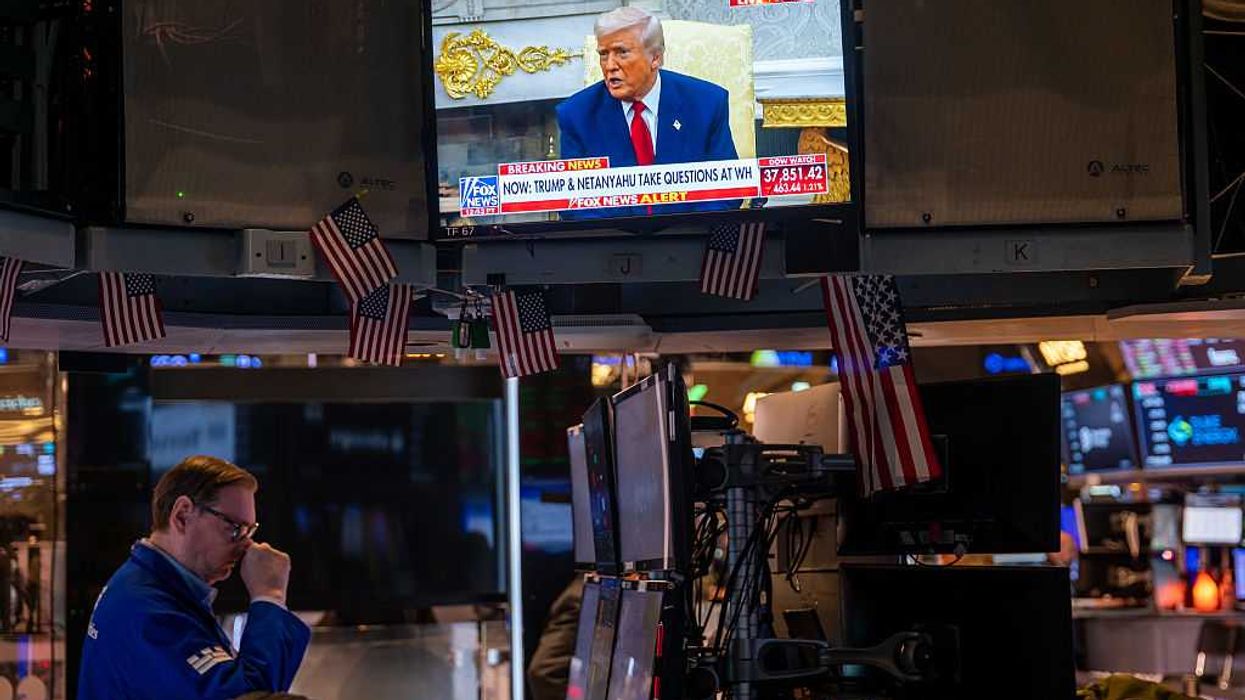Boosting domestic industry and manufacturing continues to be a key economic theme. A recently proposed merger between two major railroad companies could advance those goals—and it carries particular promise for underserved communities who are often on the front lines of America’s workforce.
The merger of Union Pacific and Norfolk Southern would create the nation’s first transcontinental freight rail system, a vision pursued since 1869, when the “golden spike” famously connected the east and west.
By combining Union Pacific’s western network with Norfolk Southern’s eastern routes, the deal would create a unified freight web linking communities across the country and strengthening America’s supply chains.
A coast-to-coast network is more than a logistical achievement. It could be a needed boost for communities too often left behind. Too many communities, particularly in rural America, struggle to access reliable freight service. When products can’t move efficiently, businesses stall and workers lose opportunities. A seamless national rail system would help close those gaps, ensuring that economic growth reaches more corners of the country.
Minority communities stand to benefit as well. For example, Hispanic Americans now make up nearly 20% of the U.S. population, and they, along with African Americans and other minorities, form a vital share of the industrial and transportation workforce. These workers bear the brunt of supply chain disruptions, but they also stand to benefit most when systems become faster, cheaper, and more reliable.
Notably, the merger would reduce the number of interchanges—points where rail cars are transferred between operators. Fewer handoffs mean shorter transit times, potentially cutting days off cross-country shipments. That efficiency would lower supply chain costs for shippers and, ultimately, prices for American families.
Those savings would be important for small businesses, as well as lower transportation costs, open doors to new markets, and make growth more viable. Small businesses are another key area where minority entrepreneurs contribute greatly to the economy. A recent report found that “the U.S. Latino cohort was responsible for 28.3% of total additions to national GDP between 2017 and 2022,” for example.
While not as immediately visible to the average consumer as other elements, rail continues to be a critical pillar for the American economy.
Rail Freight may not always capture headlines, but it is a backbone of the U.S. economy. Each year, railroads move about 1.5 billion tons of goods—everything from agricultural products, where Latino workers are especially prominent, to chemicals, construction materials, vehicles, and energy.
The American Association of Railroads (AAR) released a report earlier this year looking at the industry’s contributions to jobs, trade, investment, and other areas. A succinct and eyebrow-raising highlight from the report notes that “rail is a major driver of economic activity, generating $233.4 billion in total economic output in 2023.”
In fact, railroads carry more long-distance freight than any other mode of transportation in the U.S.—about 40% of the total volume. And that demand is likely to increase, with the Federal Highway Administration forecasting that total U.S. freight movements will rise about 30% by 2040.
The combined networks would span 50,000 route miles across 43 states and connect nearly 100 ports across North America, and help meet that demand.
Such integration would bolster American manufacturing and industry by expanding intermodal services, shortening routes, and opening new trade corridors.
In the coming months, the merger will go before the Surface Transportation Board (STB) for review. UP and NS do not compete with one another, with minor overlaps in their respective networks. That preserves options for rail customers and is expected to help assuage any antitrust concerns that will undoubtedly be on regulators’ minds.
The timing is significant. Tariffs, inflation, and workforce shortages continue to be a drag on the American economy. Various business sectors are stagnating or on the verge of contraction. Hispanic and minority workers, who fill essential roles in a variety of critical areas like agriculture, transportation, and services, often feel these pressures most. And anti-immigrant policies are undermining the very labor force that sustains American growth.
The merger will not be a magic wand fix for the economy. But by modernizing supply chains, improving logistics, and expanding opportunity, it offers something increasingly rare: a step forward that strengthens the broader economy while directly benefiting the communities most invested in its success.
Mario H. Lopez is the president of the Hispanic Leadership Fund, a public policy advocacy organization that promotes liberty, opportunity, and prosperity for all.



















